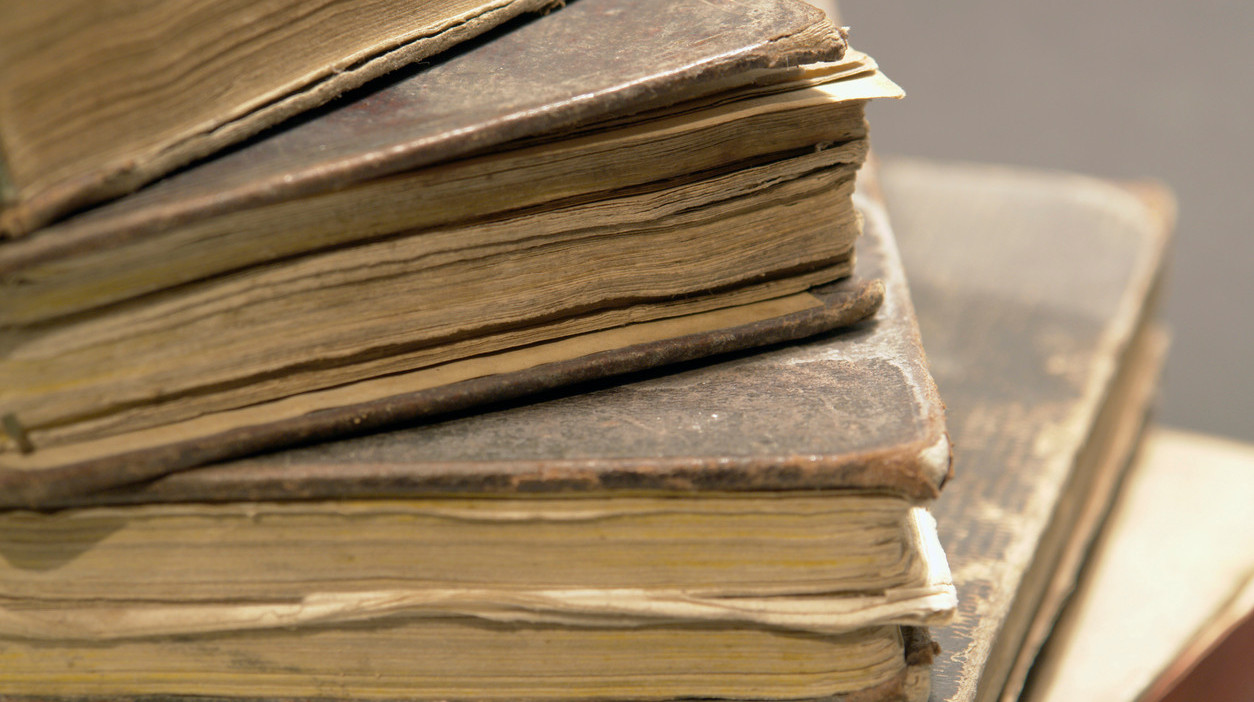Largest Archive Of Mexican Cookbook Manuscripts Available For Consumption Online
If you love Mexican food and are curious about how it came to be, click right on over to the University of Texas-San Antonio library, which has digitized much of its extensive Mexican cookbook collection, including 48 handwritten manuscripts.
The collection, which dates back to the 18th century, documents how Mexico's traditional corn-based cuisine merged with European influences—mostly wheat—to create what we think of Mexican food today. It wasn't always a happy merging. "When it came to culinary cultural exchange in the colonial period, the conquistador Bernal Díaz del Castillo referred to corn dishes as the 'misery of maize cakes,'" Stephanie Noell, Special Collections Librarian at UTSA, told Atlas Obscura. "On the other side, the Nahuas were not impressed by the Spaniards' wheat bread, describing it as 'famine food.'"
During the colonial period, though, it was mostly European food that was idealized and celebrated. But after the Mexican Revolution in the 1910s, the cookbooks show, Mexicans began celebrating their own native dishes. But there were also some early indications that the two began to merge: there are some recipes from the very earliest cookbook, from 1789, that bear a strong resemblance to modern mole. The cookbooks also show that Mexicans were just as susceptible as Americans to the lure of convenience food in the mid-20th century.
Reading the cookbooks can be a powerful experience for Mexicans and Mexican-Americans; Noell says she has seen students break down in tears when they see the origins of some of their beloved family dishes. But she also wants the manuscripts—and the printed cookbooks—to be available to anybody with an internet connection. And so now they are.
